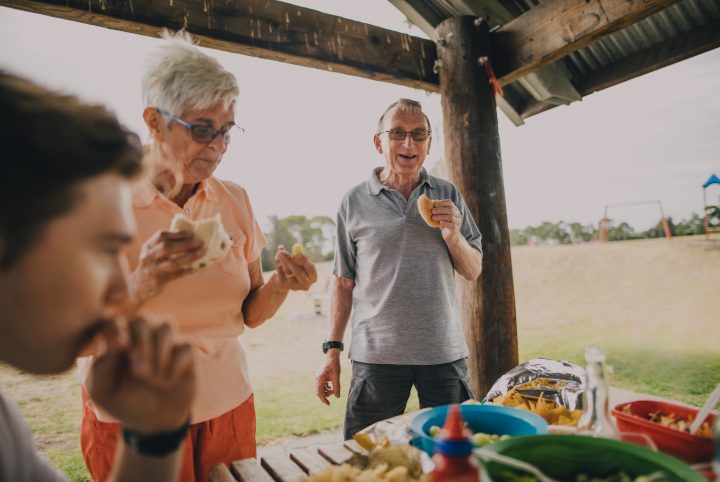
Globally renowned statistician Professor Rob Hyndman is at the centre of an elite team modelling COVID-19 cases for Australia’s leaders and policymakers.
What will happen next with COVID-19 in Australia? If ten people are infected today, how many will be infected in three days, 30 days or six weeks?
As the pandemic escalated across the world in March last year, understanding how the virus spread and at what speed became crucial. Professor Rob Hyndman, Head of the Department of Econometrics and Business Statistics, is playing a significant role in forecasting COVID-19 in Australia.
This week elected as a Fellow of the Australian Academy of Science (FAA) for his ground-breaking research and outstanding contributions to the scientific community, Professor Hyndman is helping Australia’s top leaders make policy decisions on how to best manage the situation.
“This is really a marathon. Not only do we create new forecasts every week for the different states and territories based on what we know today, we also have to modify the models every week as reality changes, such as the vaccine rollout and when we see the new more infectious variants of the virus,” Professor Hyndman says.
Expert team leads forecasts
Working with a diverse panel of some of the country’s most prominent epidemiologists, mathematicians, forecasters and statisticians, he helps produce the weekly forecasts delivered to Australia’s top leaders for them to make policy decisions on how to best manage the situation.
“I had never done epidemiological forecasting before. I have forecast a lot of things in the past and the tools are similar, but this was new. Although building a forecasting ensemble anywhere is not that different,” he says.
The team is led by Professor James McCaw from the School of Mathematics and Statistics at the University of Melbourne and Professor Jodie McVernon from the Peter Doherty Institute for Infection and Immunity. The group includes members from the ARC Centre of Excellence for Mathematical and Statistical Frontiers (ACEMS).
The forecasting method consists of an ensemble of multiple forecasting models to get a more accurate overall forecast. Right from the start, Professor Hyndman has worked with available data from countries across the globe.
Australian mobility data from Amazon, Google, Facebook and Apple is also fed into the models to see how much people interact and where they are interacting for example in supermarkets, parks and workplaces.
“Not one model will cover everything when you forecast something difficult so with a range of different models the combination will generally do better than any individual models,” Professor Hyndman says.
“In this case, a forecast is not a single number but a probability distribution for each day in the next six weeks.”
Predicting COVID-19 cases
In the days leading up to Victoria’s second wave in July 2020, when there were still only ten cases a day, the team could clearly see that it was not improbable that we would be getting 100 to 200 cases per day within the next week.
“We knew it was a possibility and once the cases reached 100 per day, we knew through our models that if things were left unchanged, we could easily reach thousands of cases per day. This is why conditions had to change. The severe lockdown was a direct response to the forecasts we were providing,” he says.
Australia’s forecasting is different to every other country as the team is working with a proper probabilistic ensemble, which according to Professor Hyndman gives a superior result. The US, for example, uses about 13 different models, but not all are capable of producing a full probability distribution. Australia has a smaller number of models with richer information in each model, whereas America has more models but less information coming from each model.
Through the collaboration with his postdoctoral researcher, Dr Pablo Montero-Manso, who is Spanish, they were able to use Spanish data and test their forecasting method early on as COVID-19 took off in Spain well before Australia.
“Our model was continually tested and gave the best results in Spain, so we were confident it was going to work here as well,” Rob Hyndman says.
Broader lessons
There are wider lessons to be learned from this long and arduous forecasting process.
“There are definitely statistical lessons to be learned on what works with ensemble forecasting and how to do it effectively. Unfortunately, I haven’t had time to write those papers yet.
“Also, there are valuable lessons from bringing together a diverse team of epidemiologists and mathematicians and forecasters — our combined expertise gives a much better outcome compared to if we had tried to do this each on our own,” he says.
“We know in research that diverse teams work better, but this is a lesson we can always relearn.”


